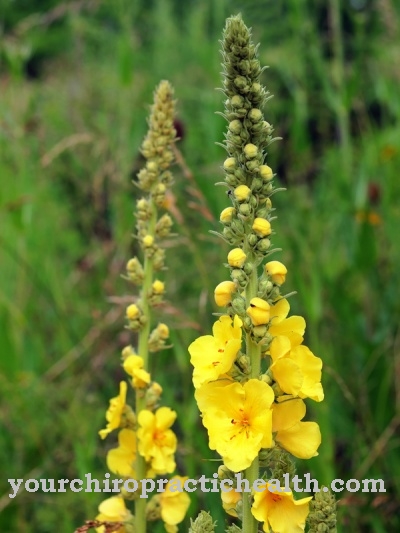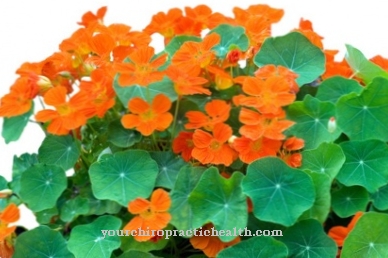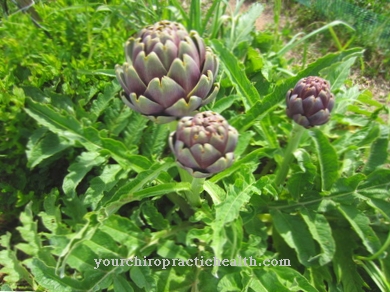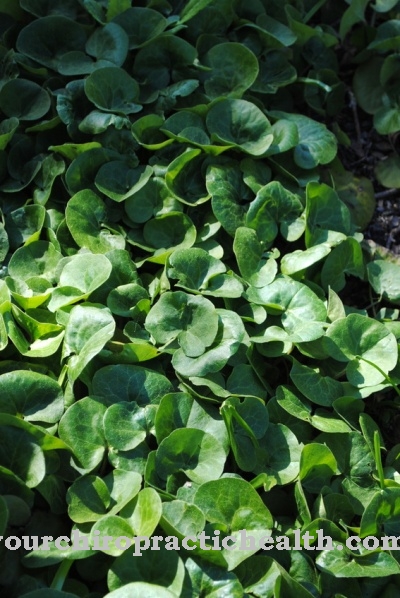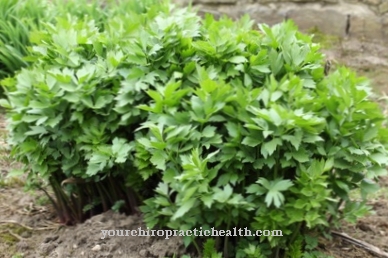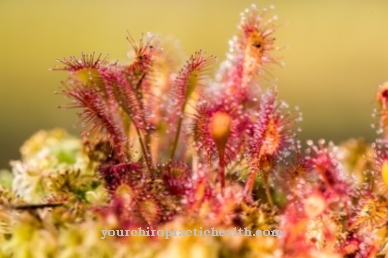The Mountain knapweed is a daisy family and belongs to the genus of knapweed. It is a traditional medicinal plant that only plays a subordinate role in modern medicine.
Occurrence and cultivation of the mountain knapweed

The mountain knapweed is a perennial plant with bright blue flowers. The flower heads stand individually and measure about 5 cm in diameter. The inner flower of the mountain knapweed glows purple. The outer slightly pinnate marginal flowers are colored blue. The plant is between 15 and 75cm tall. The lanceolate leaves sit directly on the entire stem without stalks. This stands upright and is covered with white felty hairs. The blooming time of the mountain knapweed is between May and August.
In a warm autumn, a second flowering can also occur in September or October. However, this is not as pronounced as the flowering in summer. The flowers are pollinated by butterflies and hoverflies and spread a pleasant scent on warm and sunny days. After flowering, the mountain knapweed forms yellow, approximately 5mm long fruits. The mountain knapweed has become very rare due to intensive agriculture and tourist use and is now under protection in many areas.
Effect & application
The main active ingredients of Centaurea montana are anthocyanins, flavonoids, tannins and bitter substances. The plant is mainly used in folk medicine in the area of the digestive tract. It has an astringent, that is, astringent effect. An astringent has a drying, hemostatic and anti-inflammatory effect.
The drying effect of the mountain knapweed is used and it is used as a tea infusion for diarrheal diseases. To do this, three dried flower heads are poured over with a cup of hot water. The tea can be drunk after a steeping time of ten minutes. However, you should not drink more than two cups a day. The anti-inflammatory effect of the mountain knapweed also has a calming effect on an irritated intestine. At the same time, the plant stimulates the appetite that may have been lost due to the disease
A tea made from mountain knapweed blossoms can also be used for respiratory diseases. The bright blue flowers have a cough-relieving effect and protect the damaged mucous membranes. The tea can also provide relief from sore throats and inflammation of the throat. The use of eye and eyelid inflammation has almost been forgotten. Here, too, the dried flowers of the medicinal plant are used again.
For this, a tea is made as described above. When the tea has cooled slightly, you can use it to make envelopes and pads for the sore eyes. In addition, the flower infusion should also be helpful for bleeding gums. On the one hand, of course, because the mountain knapweed has an anti-inflammatory effect and, on the other hand, because the tannins it contains have a hemostatic effect.
Even in the absence of bleeding, more precisely in menstrual disorders, the mountain knapweed was and is used. The flowers of the mountain knapweed are also used in skin and wound care. For skin application, about one hand of flowers is scalded with one liter of boiling water. The brew should steep for about 15 minutes and then pour off.
As an alternative, a porridge can be made from the fresh flowers. To do this, the flowers are simply crushed and the pulp is applied to wounds or ulcers. In addition, the plant from the mountains is known as a diuretic and was therefore often a component of bladder and kidney teas in the past. In the past, the mountain knapweed was said to have a blood-purifying effect.
Blood cleansing and detox teas were used to rid the blood of harmful substances. Primarily, diuretic tea drugs were part of these blood cleansing teas. That is why the mountain knapweed was a popular ingredient in cleansing teas. The herb is also said to have promoted the discharge of so-called waste products through the skin.
Centaurea is also part of homeopathic medicines. Here, however, it is not the dried inflorescences that are used, as in folk medicine, but the roots or the fresh whole plant. The indications are, however, similar: diarrhea, bleeding, missed menstruation, stomach problems or wound healing disorders.
Importance for health, treatment & prevention
Especially in southern Germany, the mountain knapweed was known to the herb women in the villages. Even today, many locals still know the diverse effects of the mountain knapweed. Often this knowledge is passed on from generation to generation.
In the areas where the mountain knapweed is native and is not yet under protection, diarrheal diseases are still treated with a tea made from the flowers of the mountain knapweed. Due to modern agriculture and the use of the mountain slopes for skiing or hiking, the mountain knapweed has disappeared in many places and its healing properties have been forgotten.
In modern herbal medicine it only plays a minor role outside of the mountain ranges. Its relative, the cornflower, is better known here. It has similar ingredients and, accordingly, similar indications. The mountain knapweed is not even mentioned in the plant monographs of the E-Commission. Committee E is a body made up of doctors, pharmacists, pharmacologists and patient representatives.
The main task of the commission is the preparation of monographs regarding the effectiveness and safety of herbal medicines. The fact that the mountain knapweed is not mentioned in the more than 400 monographs underlines that the mountain plant only plays a subordinate to insignificant role in modern medicine.

